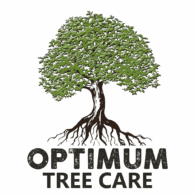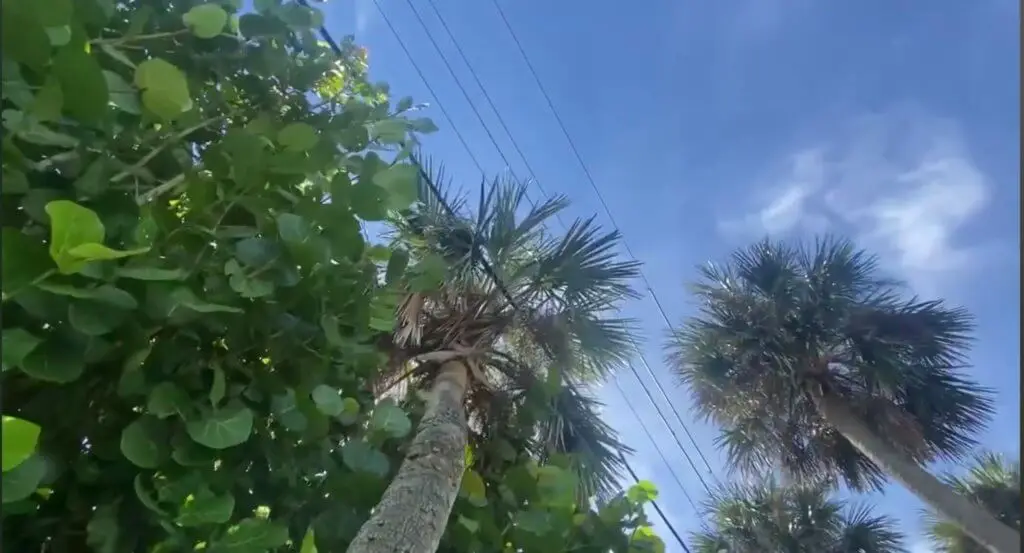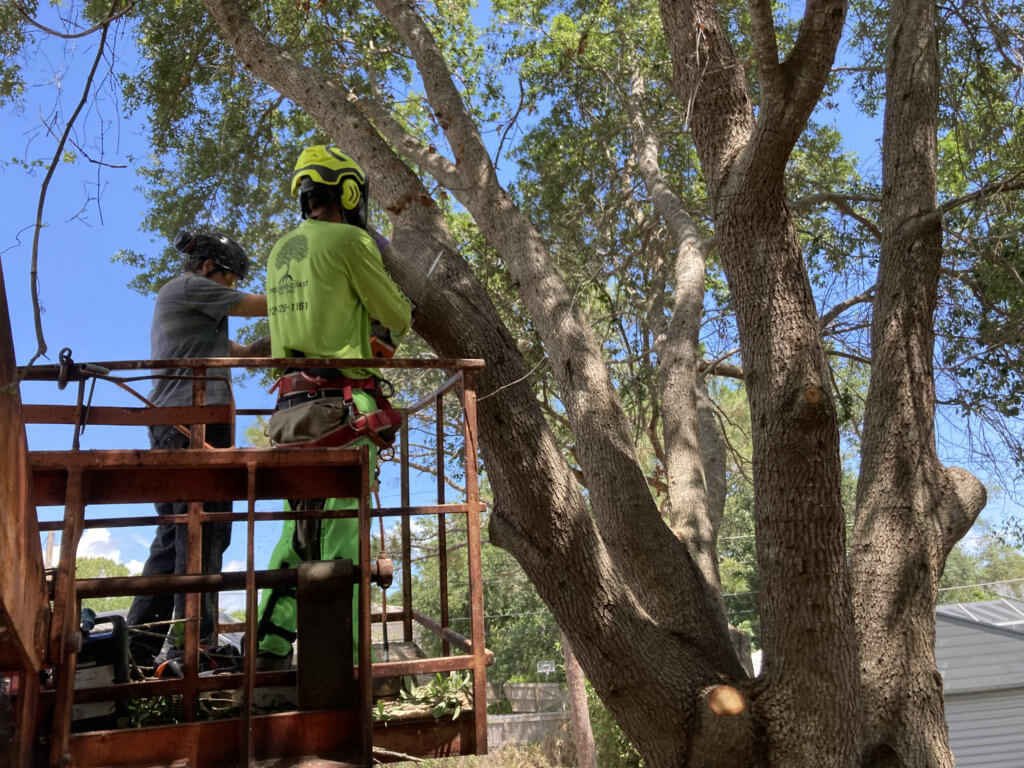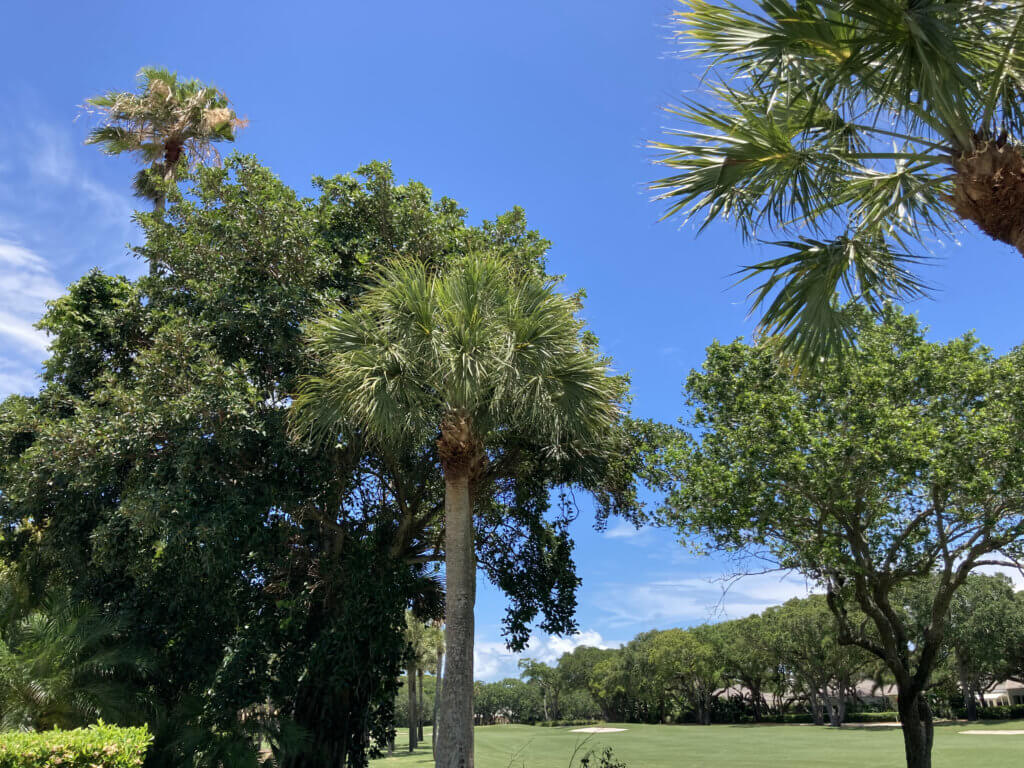Tree Trimming Near Power Lines: Unveiling FPL's Role
Imagine a serene evening in your Florida home, when suddenly, you notice your trees reaching out towards the power lines. You might wonder, “Do I need to hire a tree company to trim them, or will Florida Power & Light (FPL) take care of it for free?” This blog will address this common concern, providing clarity on who is responsible for tree trimming near power lines. We’ll also guide you on immediate steps to take if you encounter urgent issues.
Stay tuned as this blog post unfolds more details to answer the burning question, “Will FPL cut my trees?” We’ll provide comprehensive insights to help you make informed decisions about tree trimming near power lines, clarifying responsibilities, and offering guidance on ensuring a safe and reliable power supply. Whether you seek peace of mind or a deeper understanding of the process, we’ve got you covered. Let’s dive into the details!
Understanding FPL's Role in Tree Trimming
To unravel this dilemma, it’s crucial to understand the roles and responsibilities of power companies, particularly FPL, in the context of trees and power lines. Power companies play a pivotal role in ensuring the uninterrupted supply of electricity to homes and businesses. Achieving this involves a complex network of power lines that crisscross our neighborhoods.
The Significance of Maintaining Power Lines
One of the top priorities of power companies is the maintenance of power lines. Trees and vegetation in close proximity to these lines pose significant risks, especially in Florida’s unpredictable weather. The threat of falling branches or trees damaging power lines can lead to service disruptions, inconveniences, and even safety hazards.
Know Your Utility Easement
In Florida, power companies are granted legal access and authority to maintain utility easements. These easements often extend beyond the power poles and lines, encompassing tasks like tree trimming and removal to prevent any interference with power lines.
Distinguishing Between House Drops and High Voltage Lines
To answer the central question – “Who’s responsible for what?” – it’s vital to differentiate between house drops and high voltage lines.
House Drops:
House drops are the power lines that connect from the utility pole to your residence. Homeowners are responsible for maintaining, repairing, or replacing house drops, including any tree-related maintenance to keep them clear. Ensuring these lines remain unobstructed is essential to prevent disruptions in your electrical service.
High Voltage Lines:
High voltage lines, on the other hand, are typically positioned higher on utility poles and carry substantial electrical loads. These lines are the responsibility of the power company, such as FPL, which ensures their upkeep and safety.
Taking Action and Reaching Out
To navigate the complexities of responsibility, remember that if you’re uncertain about your role or need immediate assistance with tree trimming near power lines, the local power company is your ally. Don’t hesitate to reach out to them for guidance and support in addressing your concerns. If they are not responsible, and you are located on the Treasure Coast, Optimum Tree Care would love to give you a free estimate.



